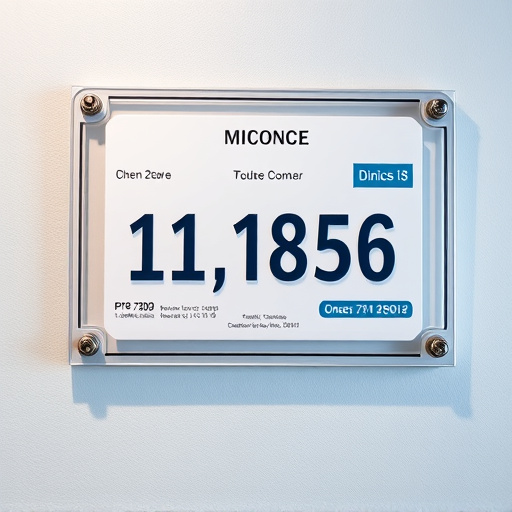Cold Air Intake (CAI) performance testing verifies manufacturers' claims by simulating real-world driving conditions using dynamometers and sensor technology. This meticulous process measures and compares key parameters like airflow, temperature, and pressure before and after CAI installation. Data is compared against stock performance benchmarks in lab and real-world simulations to ensure accuracy and reproducibility. Effective CAI testing requires controlled environment conditions, high-precision equipment, proper data logging, and analysis techniques for reliable results.
“Unleash your vehicle’s full potential with a deep dive into the world of Cold Air Intake (CAI) Performance Testing. This article serves as a comprehensive guide, unraveling the intricate process of verifying CAI enhancements. From comprehending the fundamental verification methods to exploring crucial factors ensuring accurate results, we demystify each step.
By understanding the ‘Cold Air Intake Performance Testing Methodology,’ car enthusiasts and professionals alike can make informed decisions. Optimize your vehicle’s performance and efficiency—let’s begin!”
- Understanding Performance Claim Verification
- Cold Air Intake Performance Testing Methodology
- Key Considerations for Accurate Results
Understanding Performance Claim Verification

Performance claim verification is a critical process that involves validating the accuracy and legitimacy of performance enhancements claimed by manufacturers for their products, especially in automotive sectors. It’s particularly essential when it comes to components like cold air intake (CAI) systems, where modifications can significantly impact engine efficiency and power output. The primary goal is to ensure that marketing and advertising claims are backed by tangible results and scientific principles.
This process typically involves a systematic approach known as the cold air intake performance testing methodology. It includes simulating real-world driving conditions in a controlled environment using specialized equipment. Researchers measure air flow, temperature, pressure, and other relevant parameters before and after installing the CAI system. By comparing these data sets, engineers can determine the exact improvements brought about by the modification, ensuring that any claimed benefits are not only realistic but also reproducible under various operating conditions.
Cold Air Intake Performance Testing Methodology

Cold Air Intake (CAI) performance testing is a meticulous process designed to measure and verify the improved airflow and engine efficiency claims made by CAI manufacturers. The methodology involves several key steps to ensure accurate results. First, a controlled environment is necessary; dynamometers are used to maintain consistent conditions during testing. A representative sample of the target vehicle, equipped with the CAI, is then subjected to various load and speed scenarios. Sensor technology plays a crucial role in capturing precise data on air flow rates, temperature, and pressure differences before and after the CAI. This data is compared against stock performance benchmarks to quantify the CAI’s impact.
Additionally, real-world simulations are incorporated to mimic driving conditions, ensuring that the testing reflects actual vehicle dynamics. The results of these tests are thoroughly analyzed, taking into account factors such as atmospheric pressure, humidity, and temperature variations, to arrive at reliable conclusions about the CAI’s performance potential. This rigorous cold air intake performance testing methodology is essential for consumers to make informed decisions, ensuring they invest in modifications that deliver tangible benefits.
Key Considerations for Accurate Results

When conducting cold air intake performance testing methodology, several key considerations are crucial for achieving accurate results. Firstly, ensure that the testing environment is controlled and consistent to eliminate external variables that may skew data. Temperature, humidity, and pressure must be meticulously monitored and maintained within specified ranges to mimic real-world conditions accurately.
Secondly, the measurement equipment used should be calibrated regularly and of high precision. This includes air flow meters, temperature sensors, and pressure gauges. Accurate calibration guarantees that readings are reliable and consistent, enabling valid comparisons between different cold air intake configurations or products. Proper data logging and analysis techniques are equally important to capture subtle performance variations and provide actionable insights for optimization.
Performance claim verification, particularly through the lens of cold air intake (CAI) testing, is a meticulous process that demands precision and adherence to established methodologies. By understanding these processes and considering key factors for accurate results, enthusiasts and professionals alike can ensure the integrity of performance claims. The application of effective testing methods, like the detailed exploration of CAI performance testing methodology, empowers individuals to make informed decisions based on reliable data.














